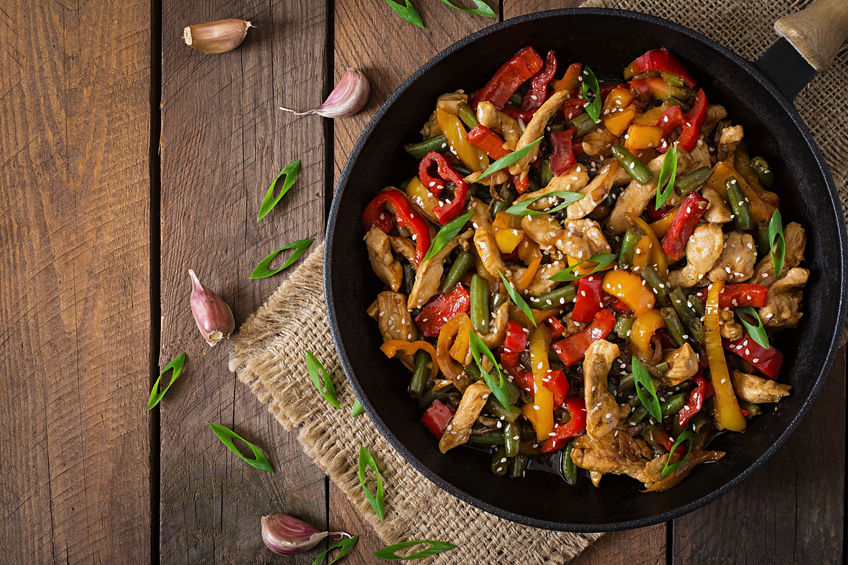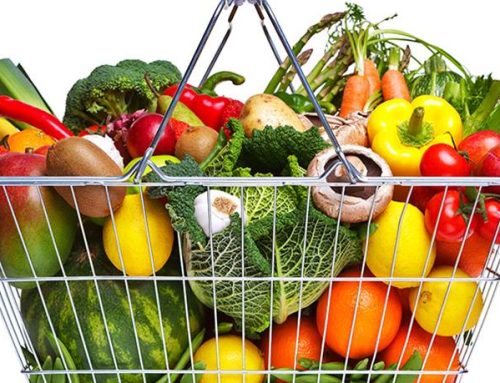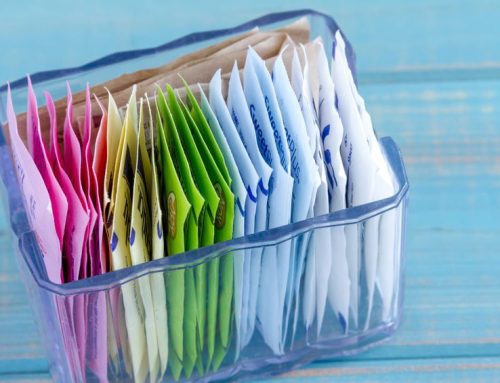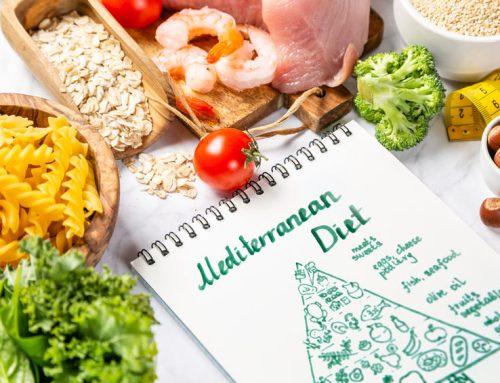A healthy eating guide is incomplete without a discussion of methods of preparation.
How Cooking Affects the Nutrient Content of Foods
Eating nutritious foods can improve your health and energy levels. Surprisingly, the way you cook your food has a major effect on the amount of nutrients it contains.
This article from Healthline.com discusses the topic.
Nutrient Content Is Often Altered During Cooking
Cooking food improves digestion and increases the absorption of many nutrients.
For example, the protein in cooked eggs is 180% more digestible than that of raw eggs.
However, some cooking methods reduce several key nutrients.
The following nutrients are often reduced during cooking:
- water-soluble vitamins: vitamin C and the B vitamins — thiamine (B1), riboflavin (B2), niacin (B3), pantothenic acid (B5), pyridoxine (B6), folic acid (B9), and cobalamin (B12)
- fat-soluble vitamins: vitamins A, D, E, and K
- minerals: primarily potassium, magnesium, sodium, and calcium
Boiling, Simmering, and Poaching
Boiling, simmering, and poaching are similar methods of water-based cooking.
These techniques differ by water temperature:
- poaching: less than 180°F (82°C)
- simmering: 185–200°F (85–93°C)
- boiling: 212°F (100°C)
Vegetables are generally a great source of vitamin C, but a large amount of it is lost when they’re cooked in water.
In fact, boiling reduces vitamin C content more than any other cooking method. Broccoli, spinach, and lettuce may lose up to 50% or more of their vitamin C when boiled.
Because vitamin C is water-soluble and sensitive to heat, it can leach out of vegetables when they’re immersed in hot water.
B vitamins are similarly heat sensitive. Up to 60% of thiamine, niacin, and other B vitamins may be lost when meat is simmered and its juices run off.
However, when the liquid containing these juices is consumed, 100% of the minerals and 70–90% of B vitamins are retained.
On the other hand, boiling fish was shown to preserve omega-3 fatty acid content significantly more than frying or microwaving.
Grilling and broiling are similar methods of cooking with dry heat.
When grilling, the heat source comes from below, but when broiling, it comes from above.
Grilling is one of the most popular cooking methods because of the great flavor it gives food.
However, up to 40% of B vitamins and minerals may be lost during grilling or broiling when the nutrient-rich juice drips from the meat.
There are also concerns about polycyclic aromatic hydrocarbons (PAHs), which are potentially cancer-causing substances that form when meat is grilled and fat drips onto a hot surface.
However, researchers have found that PAHs can be decreased by 41–89% if drippings are removed and smoke is minimized.
Microwaving is an easy, convenient, and safe method of cooking.
Short cooking times and reduced exposure to heat preserve the nutrients in microwaved food.
In fact, studies have found that microwaving is the best method for retaining the antioxidant activity of garlic and mushrooms.
Meanwhile, about 20–30% of the vitamin C in green vegetables is lost during microwaving, which is less than most cooking methods.
Roasting and baking refer to cooking food in an oven with dry heat.
Although these terms are somewhat interchangeable, roasting is typically used for meat while baking is used for bread, muffins, cake, and similar foods.
Most vitamin losses are minimal with this cooking method, including vitamin C.
However, due to long cooking times at high temperatures, the B vitamins in roasted meat may decline by as much as 40%.
With sautéing and stir-frying, food is cooked in a saucepan over medium to high heat in a small amount of oil or butter.
These techniques are very similar, but with stir-frying, the food is stirred often, the temperature is higher, and the cooking time is shorter.
In general, this is a healthy way to prepare food.
Cooking for a short time without water prevents the loss of B vitamins, and the addition of fat improves the absorption of plant compounds and antioxidants.
One study found that the absorption of beta carotene was 6.5 times greater in stir-fried carrots than in raw ones.
In another study, blood lycopene levels increased 80% more when people consumed tomatoes sautéed in olive oil rather than without it.
On the other hand, stir-frying has been shown to significantly reduce the amount of vitamin C in broccoli and red cabbage.
Frying involves cooking food in a large amount of fat — usually oil — at a high temperature. The food is often coated with batter or bread crumbs.
It’s a popular way of preparing food because the skin or coating maintains a seal, which ensures that the inside remains moist and cooks evenly.
The fat used for frying also makes the food taste very good.
However, not all foods are appropriate for frying.
Fatty fish are the best sources of omega-3 fatty acids, which have many health benefits. However, these fats are very delicate and prone to damage at high temperatures.
For example, frying tuna has been shown to degrade its omega-3 content by up to 70–85%, while baking causes only minimal losses.
In contrast, frying preserves vitamin C and B vitamins, and it may also increase the amount of fiber in potatoes by converting their starch into resistant starch.
When oil is heated to a high temperature for a long period of time, toxic substances called aldehydes are formed. Aldehydes have been linked to an increased risk of cancer and other diseases.
The type of oil, temperature, and length of cooking time affect the amount of aldehydes produced. Reheating oil also increases aldehyde formation.
If you’re going to fry food, don’t overcook it, and use one of the healthiest oils for frying.
Steaming is one of the best cooking methods for preserving nutrients, including water-soluble vitamins, which are sensitive to heat and water.
Researchers have found that steaming broccoli, spinach, and lettuce reduces their vitamin C content by only 9–15%.
The downside is that steamed vegetables may taste bland. However, this is easy to remedy by adding some seasoning and oil or butter after cooking.
Healthy Eating Guide to Food Prep Methods
Here is your healthy eating guide by manner of food preparation:
- Use as little water as possible when poaching or boiling.
- Consume the liquid left in the pan after cooking vegetables.
- Add back juices from meat that drip into the pan.
- Don’t peel vegetables until after cooking them. Better yet, don’t peel at all to maximize their fiber and nutrient density.
- Cook vegetables in smaller amounts of water to reduce the loss of vitamin C and B vitamins.
- Try to eat any cooked vegetables within a day or two, as their vitamin C content may continue to decline when the cooked food is exposed to air.
- Cut food after — rather than before — cooking, if possible. When food is cooked whole, less of it is exposed to heat and water.
- Cook vegetables for only a few minutes whenever possible.
- When cooking meat, poultry, and fish, use the shortest cooking time needed for safe consumption.
- Don’t use baking soda when cooking vegetables. Although it helps maintain color, vitamin C will be lost in the alkaline environment produced by baking soda.
Click here to read full article to add to your healthy eating guide.






